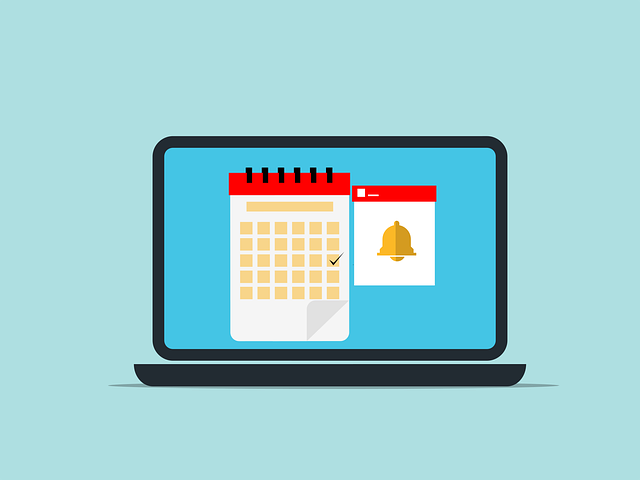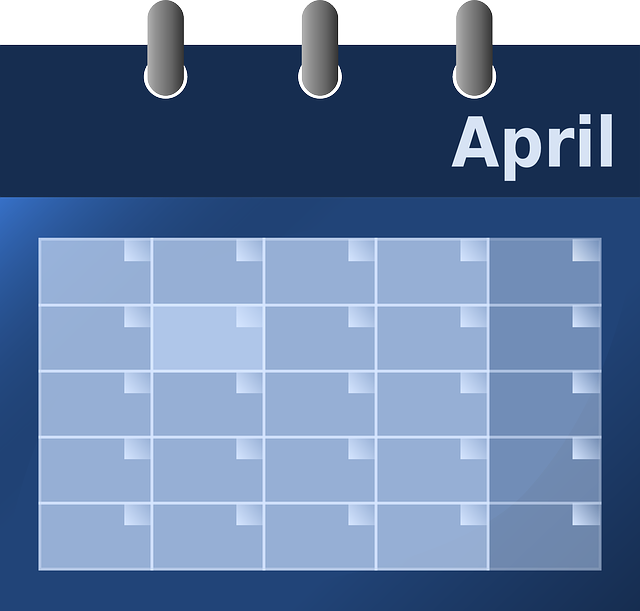SMS appointment notifications are a powerful tool in healthcare, significantly reducing no-show rates by sending timely text reminders to patients' mobile phones. This strategy improves attendance, fosters accountability, and enhances care quality through direct, personalized two-way communication. Integrating SMS reminders with Electronic Health Records (EHRs) streamlines processes, while proper staff training ensures adaptability to patient needs. Evaluating their impact through attendance rate comparisons, patient satisfaction surveys, and clinical staff feedback confirms their effectiveness in improving healthcare efficiency and patient engagement.
In today’s fast-paced world, patient no-shows remain a significant challenge in healthcare, impacting efficiency and resources. To combat this issue, technology-driven solutions offer a promising approach. Appointment reminders sent via SMS, email, and calls have proven effective in reducing no-shows and enhancing attendance rates. This article explores the role of technology in managing appointments, focusing on the benefits of SMS appointment notifications for their direct and personalized impact. We’ll delve into various implementation strategies and measure the effectiveness of these innovations through improved patient satisfaction and attendance data.
- Understanding Patient No-Shows: A Common Challenge in Healthcare
- The Role of Technology: Efficient and Effective Appointment Reminders
- SMS Appointment Notifications: A Direct and Personalized Approach
- Email and Call Reminders: Expanding Reach and Engagement
- Implementation Strategies: Ensuring Success and Compliance
- Measuring Impact: Evaluating Attendance Rates and Patient Satisfaction
Understanding Patient No-Shows: A Common Challenge in Healthcare

Patient no-shows are a significant challenge in healthcare settings, impacting both patient care and resource allocation. SMS appointment notifications have emerged as an effective strategy to combat this issue. By sending timely reminders via text, healthcare providers can reach patients directly on their mobile phones, a communication channel that is nearly universally adopted. This simple yet powerful tool disrupts the potential for forgetfulness or scheduling conflicts, encouraging patients to prioritize their appointments.
No-show prevention tools like SMS reminders offer a cost-effective and efficient solution to improve medical attendance rates. In today’s fast-paced world, reminder call services can make a tangible difference in patient engagement, ensuring that appointments are treated as commitments. This not only reduces no-shows but also fosters a sense of accountability, ultimately boosting the overall quality of care.
The Role of Technology: Efficient and Effective Appointment Reminders

Technology plays a pivotal role in transforming healthcare delivery, and one of its most impactful applications is in appointment reminders. SMS appointment notifications have emerged as a powerful tool to combat patient no-shows, which can significantly improve medical attendance rates and overall healthcare efficiency. By leveraging text messaging, patients receive timely and direct reminders, ensuring they stay on top of their appointments.
This digital approach offers several advantages over traditional methods. Reminder call services or healthcare scheduling reminders via email may not always guarantee the same level of engagement. SMS notifications, however, provide a higher chance of successful delivery and immediate action due to their universal accessibility. This simple yet effective strategy can lead to a substantial medical attendance boost, benefiting both patients and healthcare providers by streamlining processes and optimizing resources.
SMS Appointment Notifications: A Direct and Personalized Approach

SMS appointment notifications offer a direct and personalized approach to healthcare scheduling reminders. Unlike generic emails or voice messages, SMS allow for two-way communication, enabling patients to easily confirm, reschedule, or cancel appointments with just a quick text. This level of interactivity increases engagement and responsibility, reducing the likelihood of no-shows.
By leveraging clinic reminder automation through SMS, healthcare providers can ensure that patients receive timely notifications directly on their mobile devices. This direct line of communication helps in preventing no-show prevention tools from becoming overlooked or ignored, thereby improving attendance rates and optimizing resource utilization within the clinic.
Email and Call Reminders: Expanding Reach and Engagement

Email and call reminders have emerged as powerful tools to enhance patient engagement and reduce no-shows. Beyond SMS appointment notifications, these digital and vocal cues offer a broader reach, ensuring that patients receive multiple forms of communication. A reminder call service or healthcare scheduling reminders can be tailored to individual preferences, with options for text or voice messages, allowing for personalized interactions.
This multi-channel approach increases the likelihood of patient response, as some individuals are more receptive to visual alerts (SMS) while others prefer auditory reminders. Integrating these no-show prevention tools into healthcare systems not only improves attendance rates but also fosters a sense of accountability and respect between patients and providers, ultimately enhancing the overall patient experience.
Implementation Strategies: Ensuring Success and Compliance

Implementing technology-driven appointment reminders requires a strategic approach to ensure maximum success and compliance. One key strategy is integrating these reminders into existing healthcare systems, such as Electronic Health Records (EHRs), to automate clinic reminder automation processes. By seamlessly connecting patient data with SMS appointment notifications, email, or phone calls, healthcare providers can send personalized and timely invites, reducing human error and enhancing efficiency.
Additionally, training staff on the proper use of no-show prevention tools is vital. Educating receptionists, administrators, and healthcare professionals about the system’s capabilities and limitations ensures effective implementation. Regular reviews and updates to these reminder systems are essential to adapt to changing patient needs and preferences, thereby fostering better engagement and improving overall attendance rates.
Measuring Impact: Evaluating Attendance Rates and Patient Satisfaction

Evaluating the impact of technology-driven reminders is a crucial step in understanding their effectiveness. By comparing attendance rates before and after implementing SMS appointment notifications, email reminders, and call services, healthcare providers can quantify the reduction in no-shows. This data-driven approach allows for measuring the success of these interventions directly.
Patient satisfaction surveys alongside feedback from clinical staff offer additional insights. These tools help gauge how patients perceive the reminders, their overall experience with scheduling, and any perceived improvements in communication. Integrating patient voices ensures that technology is not only reducing no-shows but also enhancing the patient journey, fostering a more positive healthcare engagement.
